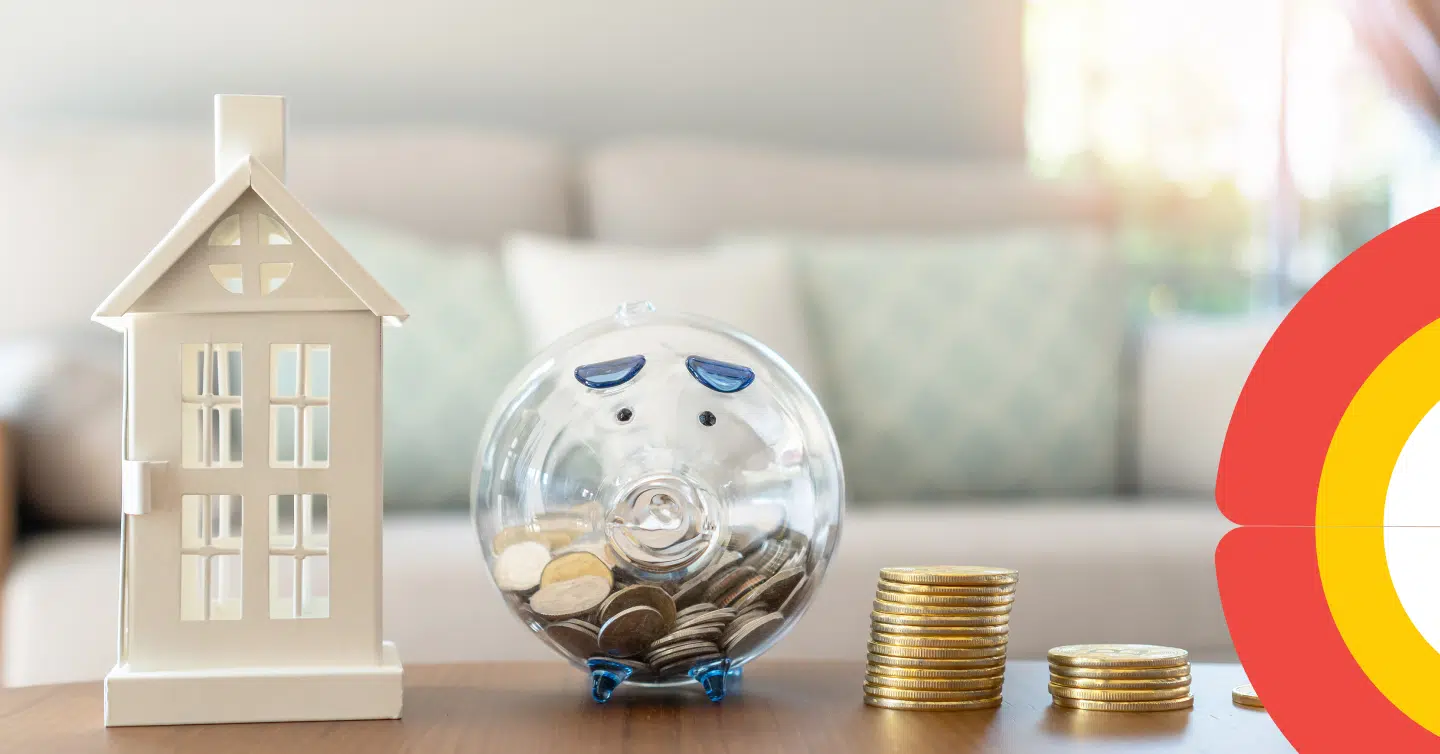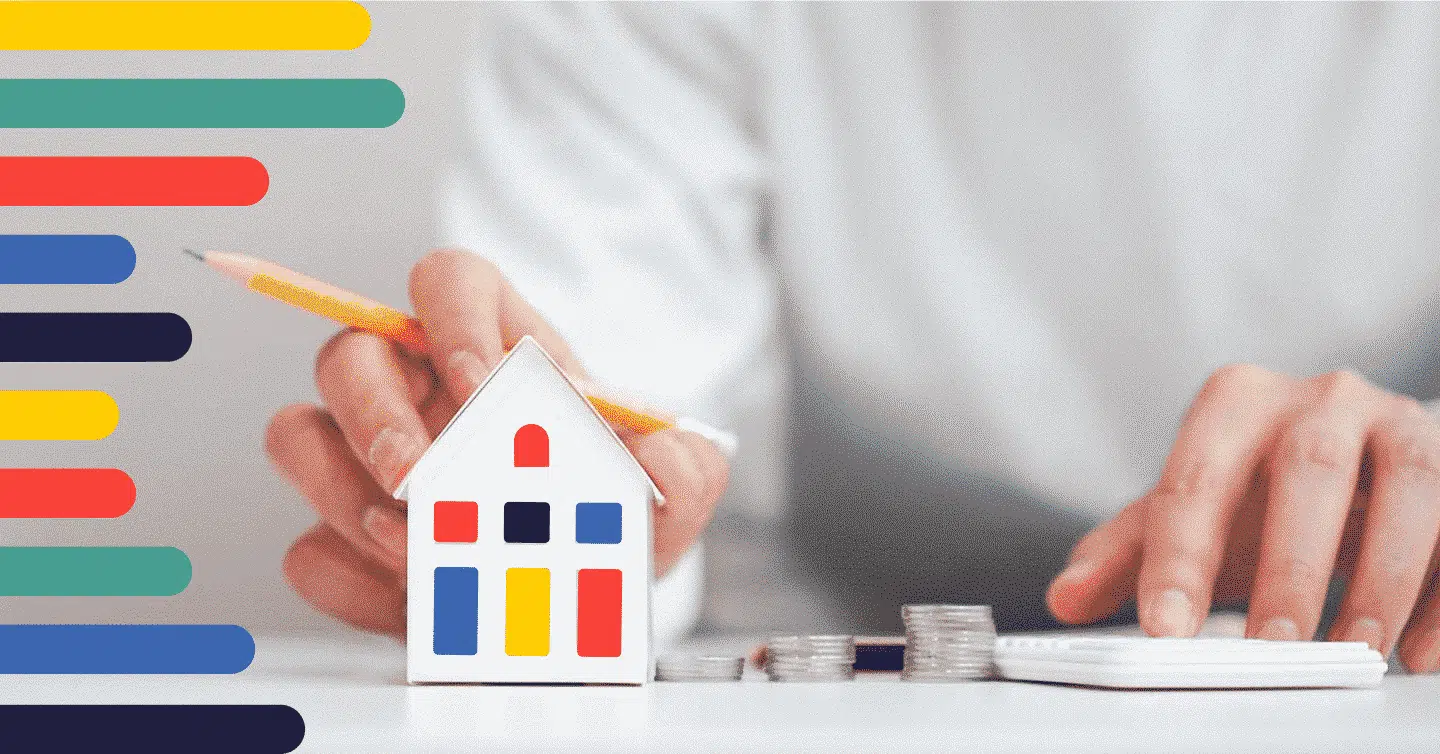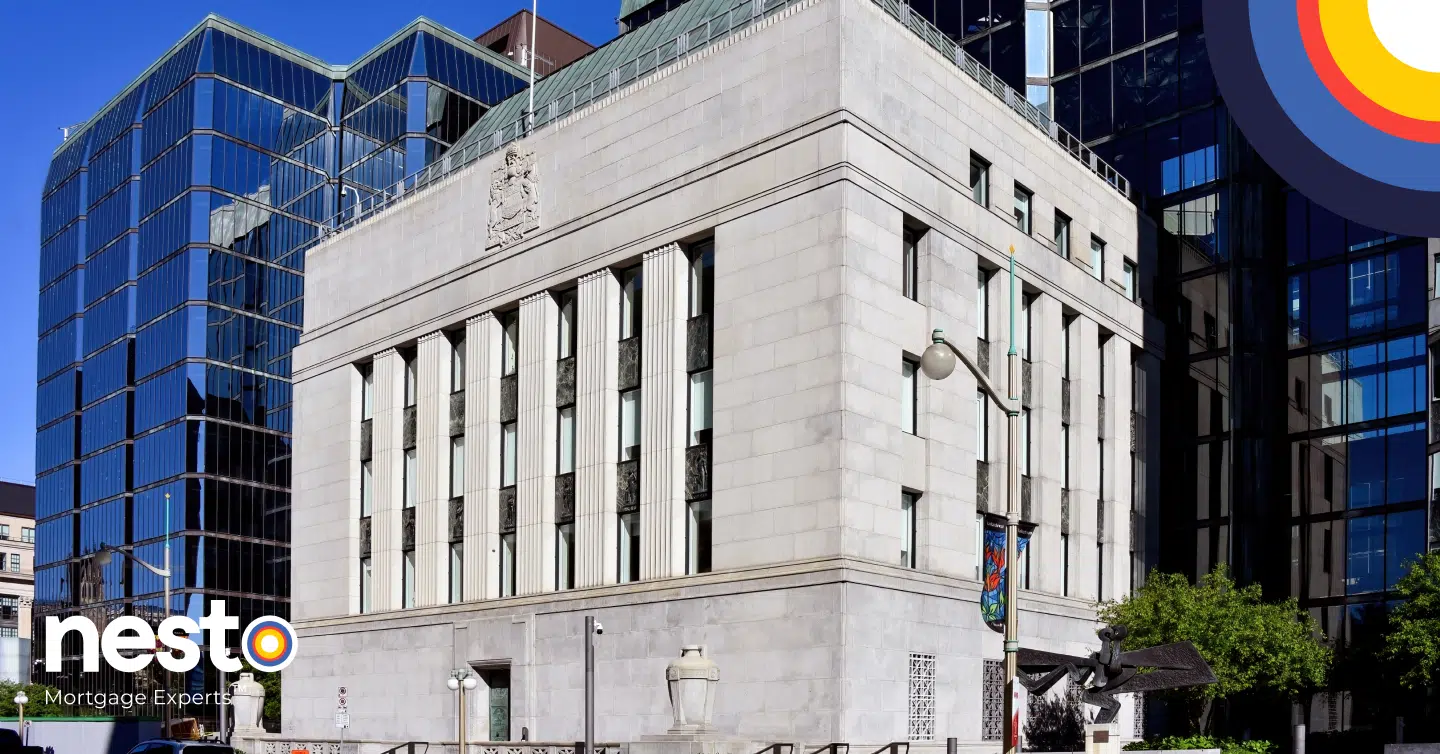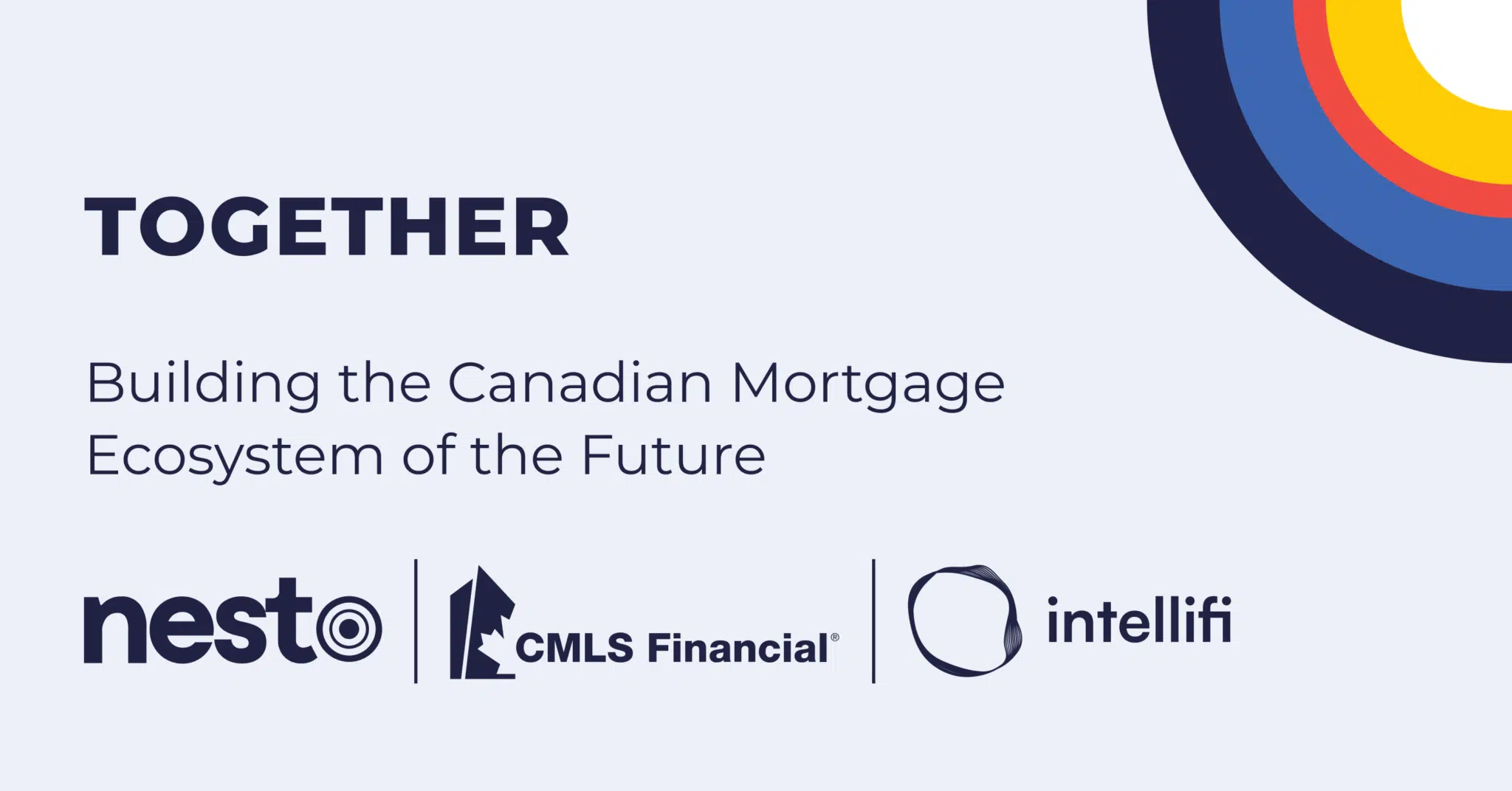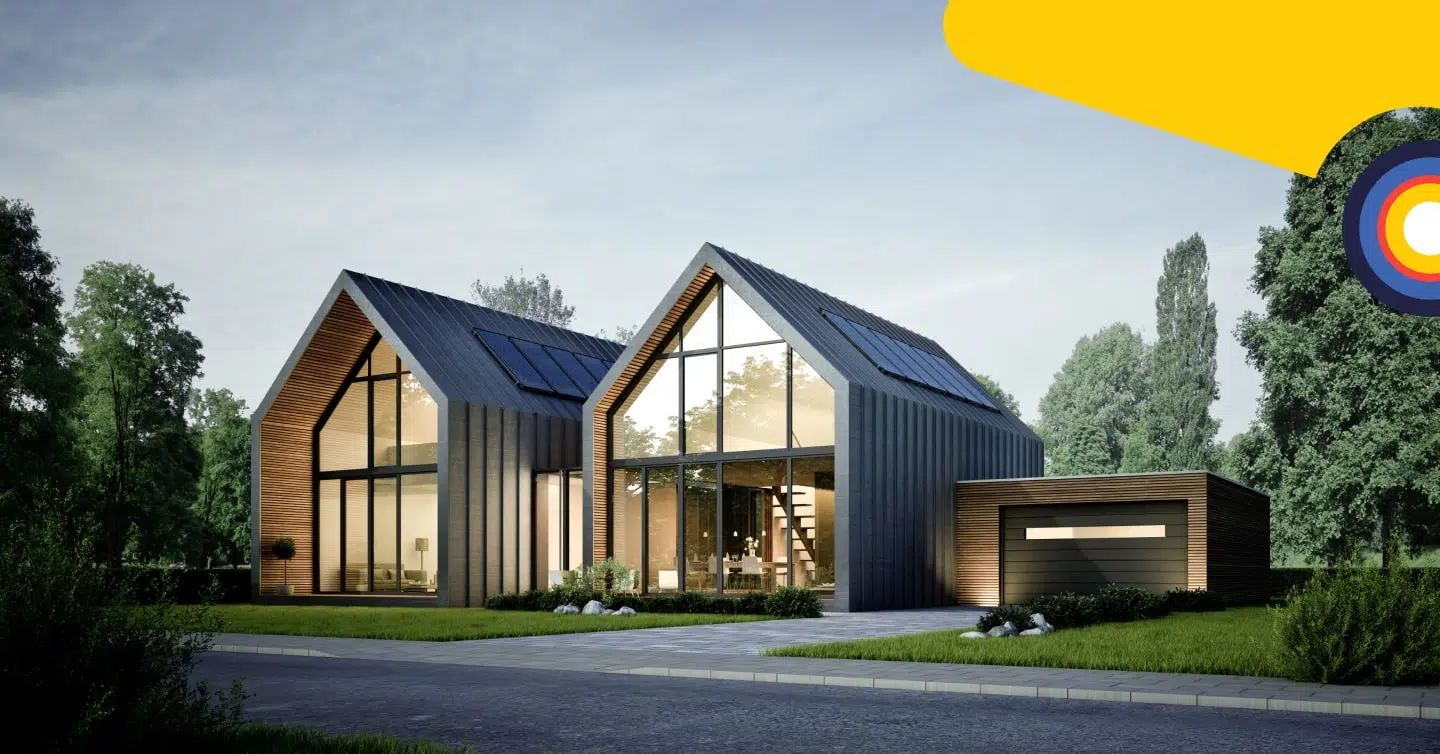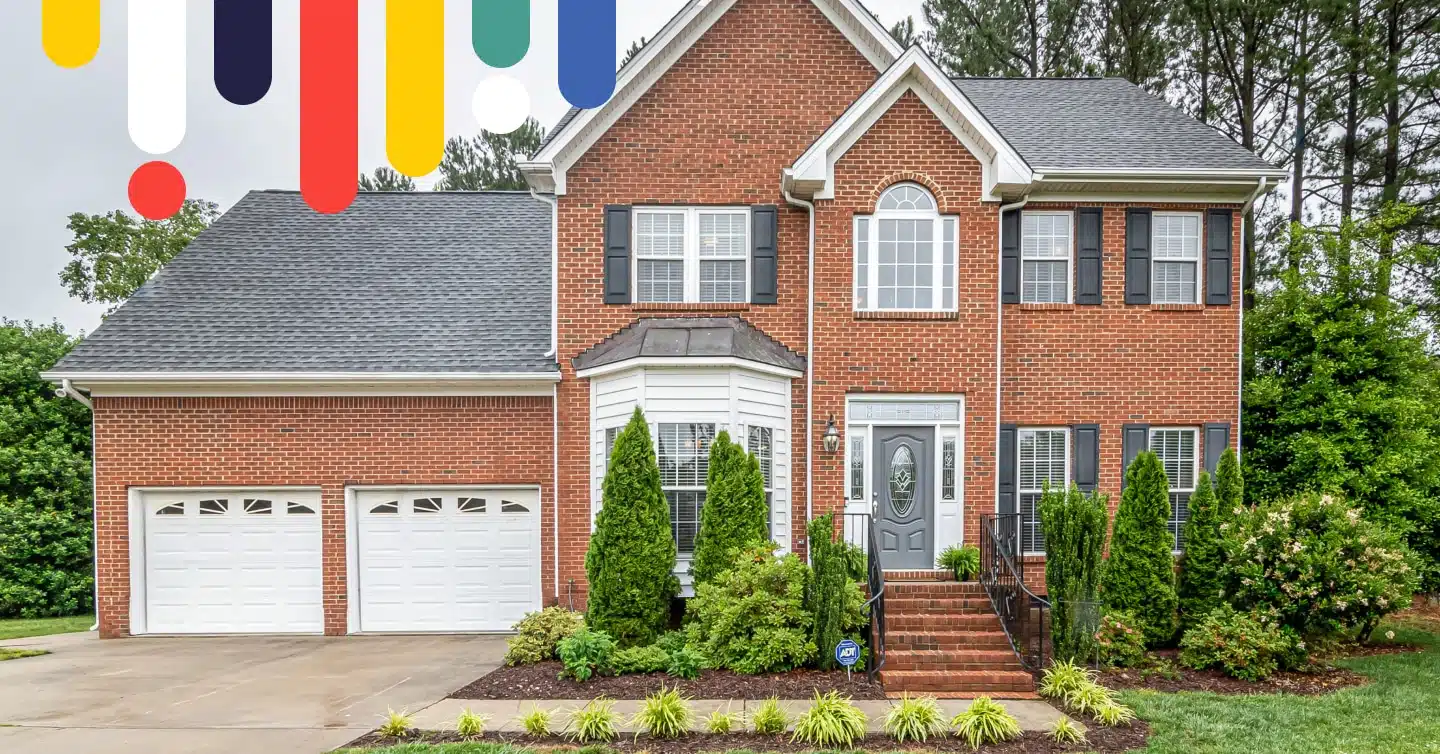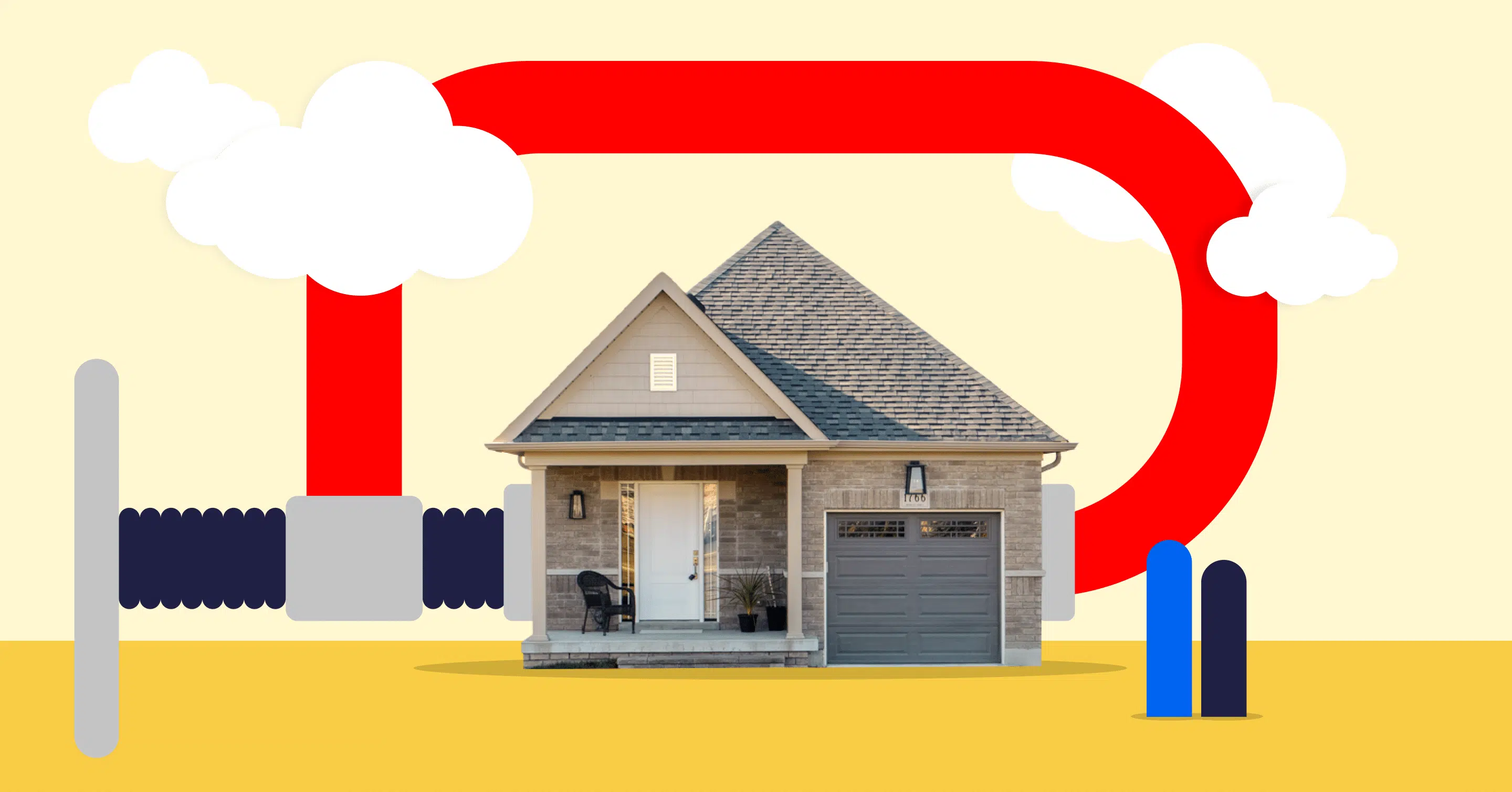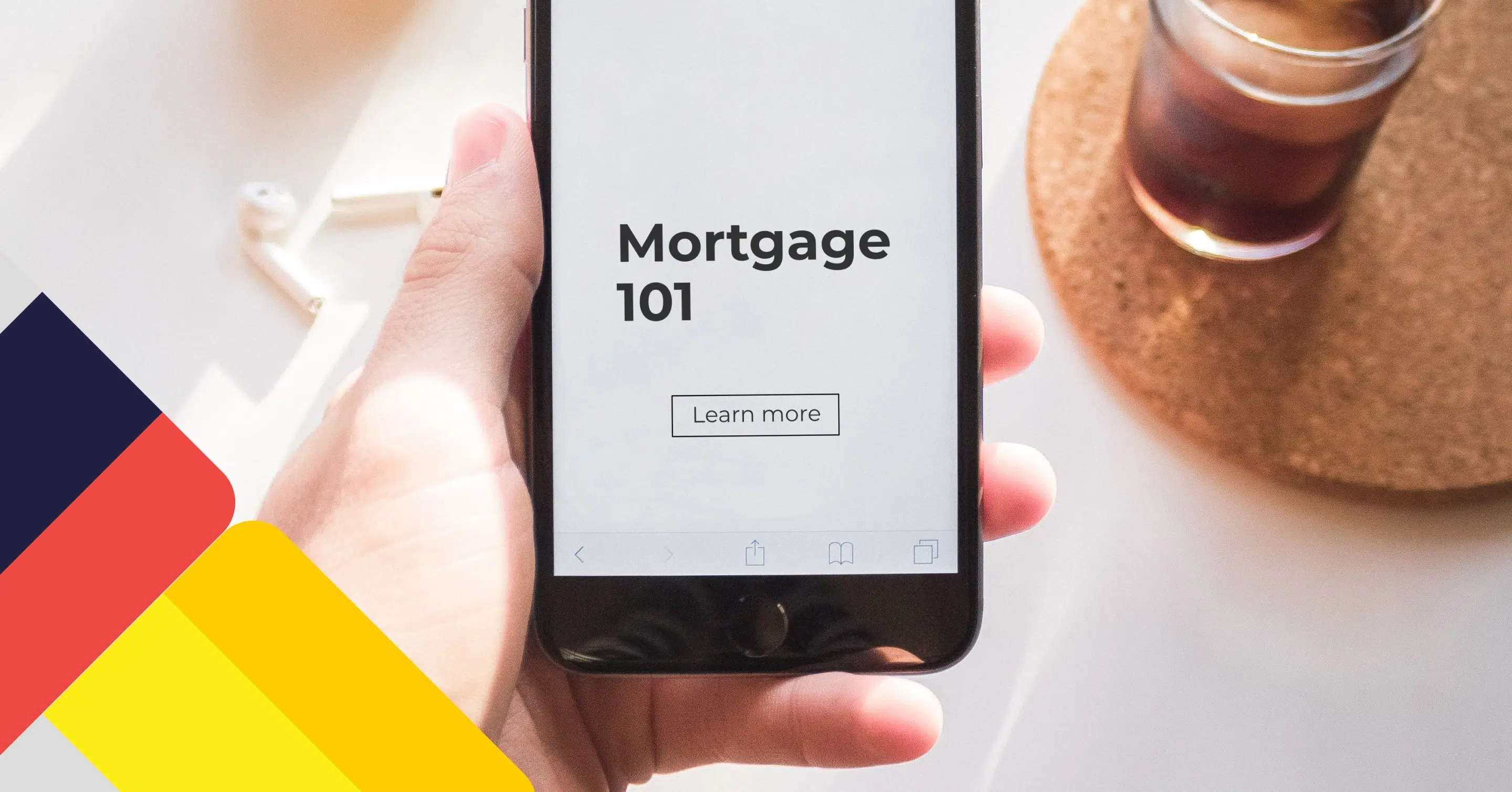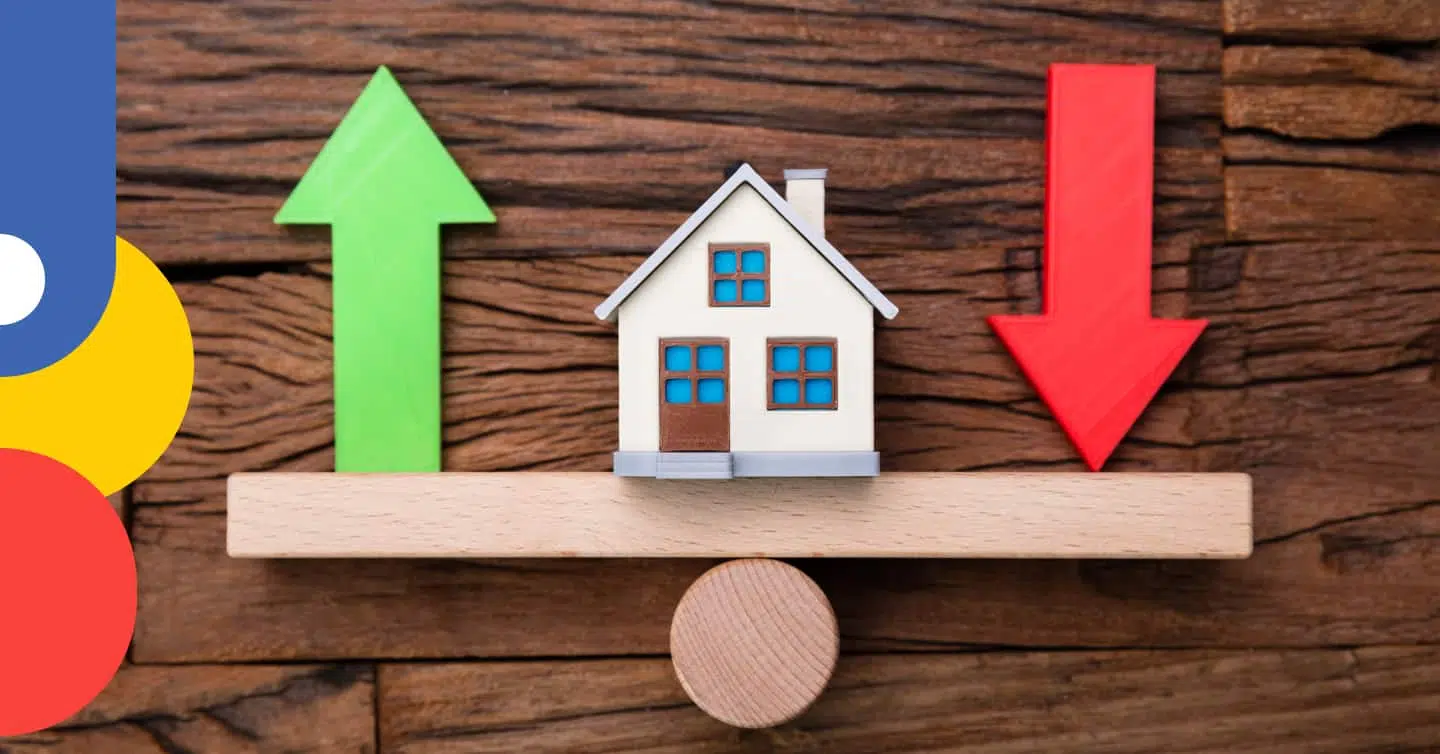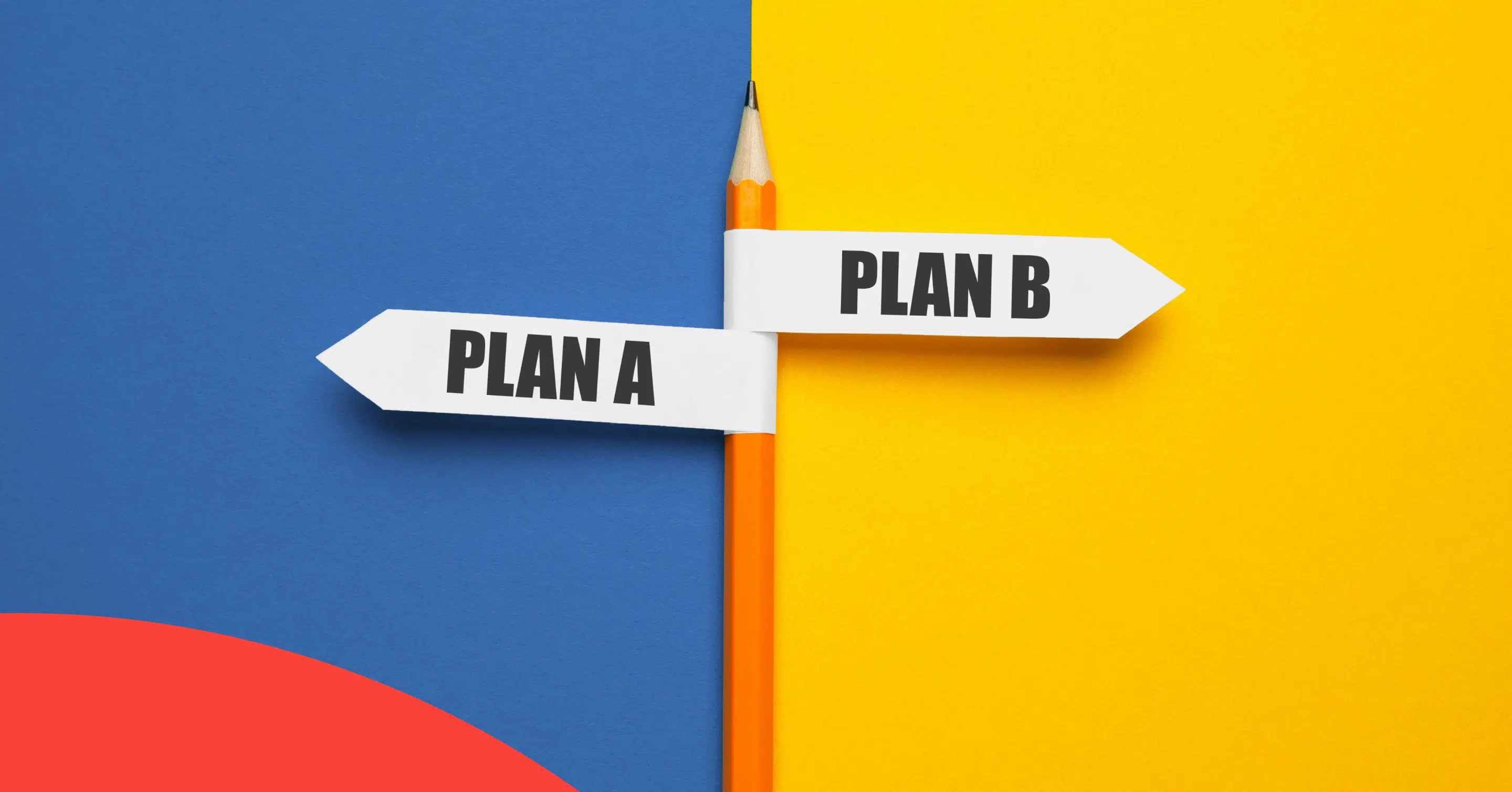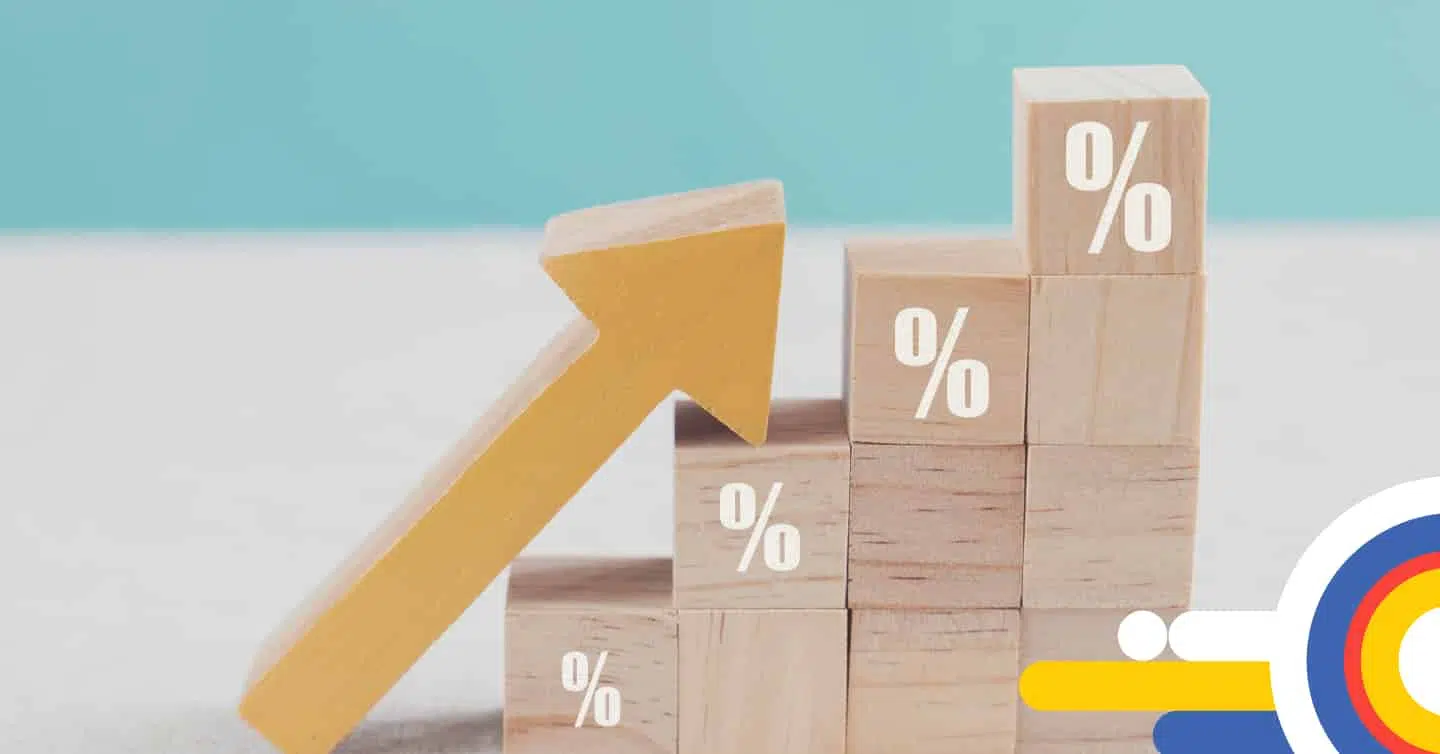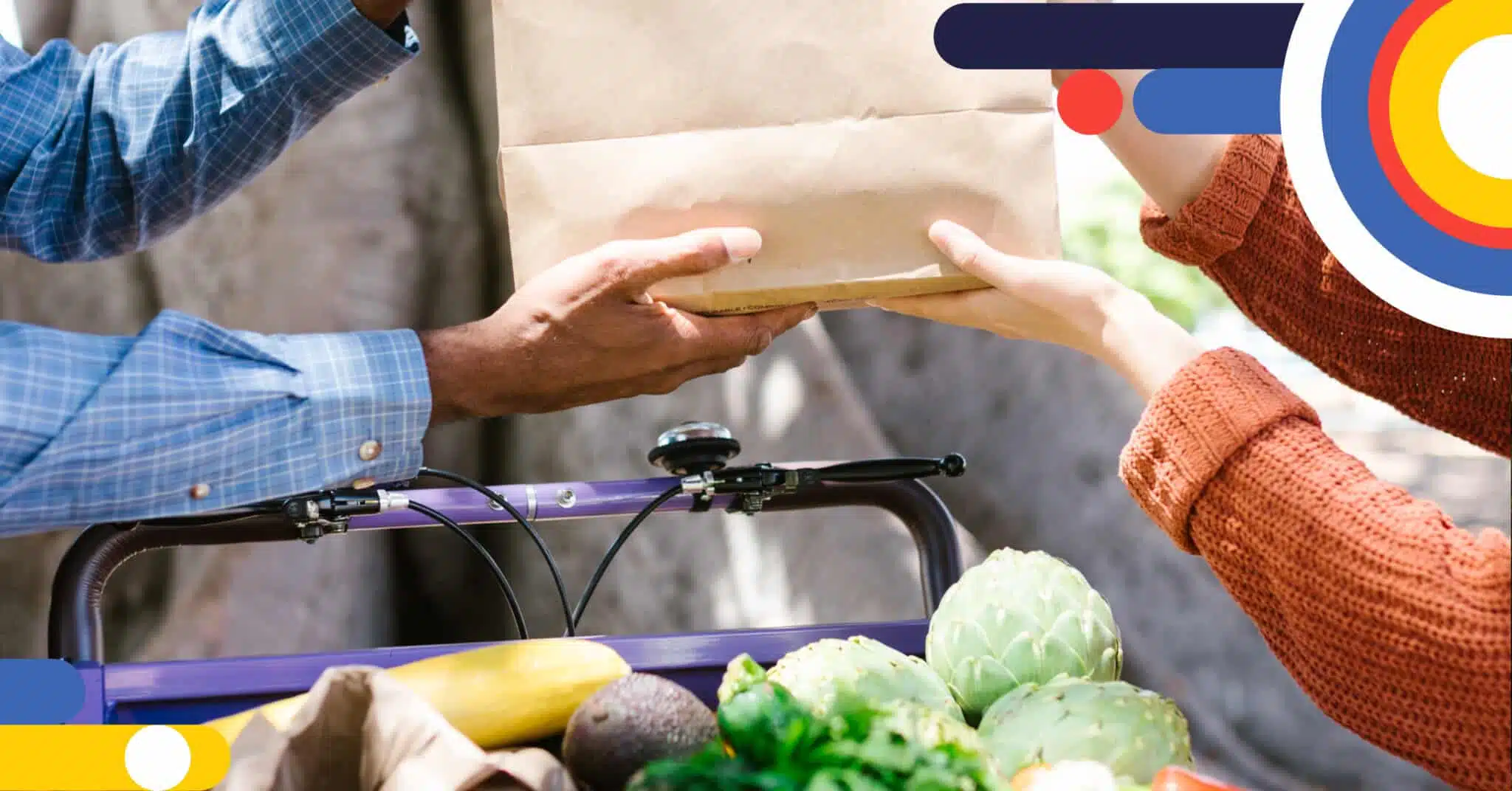Prime Interest Rate in Canada

Table of contents
June 30, 2025 – The prime interest rate in Canada is currently 4.95%.
The prime rate in Canada as of today is 4.95%. The prime rate is a floating rate calculated using the Bank of Canada’s overnight target rate, also known as the policy rate. This rate applies to variable mortgages and revolving credit products. However, it also affects business and commercial lending since it is used as the benchmark for commercial banks in the country.
Key Takeaways
- A variable-rate loan, lines of credit and variable-rate mortgage fluctuate with the lender’s prime rate.
- The Bank of Canada’s target overnight rate influences lenders’ prime rates.
- Several first-time home buyer incentives are available to help you save money on your first home purchase.
On June 4, the Bank of Canada (BoC) held Canada’s overnight policy rate at 2.75%, leaving mortgage lender’s prime rates unchanged at 4.95%. Our mortgage rate forecast predicts global economic uncertainty could prompt the Bank of Canada to lower rates to 2.25% this year. Read the current Bank of Canada press release, and our post-rate announcement insights.
Bond futures markets are now pricing another 62% probability of no change and a 38% probability of a 25 basis point (0.25%) rate cut at the Bank of Canada’s policy rate announcement on July 30. By the September 17 policy interest rate announcement, the likelihood of a rate cut will change to a 32% chance of a 25 basis point (0.25%) cut.
What is the Prime Interest Rate?
Canada’s banks and lenders use the prime rate as a benchmark for their variable-rate loans, lines of credit, and mortgages. A variable rate floats with the prime rate, unlike a fixed rate that remains the same throughout a loan’s term. As the prime rate fluctuates, the interest rate charged on variable interest products changes with the lender’s prime.
Important: Although the prime rate and Bank of Canada (BoC) policy interest rates differ, every lender’s prime rate is heavily influenced by the BoC policy rate.
*Most Recent Prime Rate Shown
Source: BankofCanada.ca
How is a Prime Rate Determined?
The prime rate is mainly influenced by the Bank of Canada (BoC) policy interest rate – also referred to as the target to the overnight rate. These rates are not the same, but when the BoC adjusts its overnight rate target, lenders will often follow suit by changing their prime rate within a few days.
How Does the Prime Rate Impact Variable Mortgage Rates?
The BoC overnight target (policy) rate influences prime rates. When the policy rate changes, prime rates will fluctuate accordingly. Most lenders determine their prime rates based on the policy rate + 2.2%. Lenders will use the prime rate to set their posted rates, which are the rates that lenders advertise. These posted rates combine the prime rate plus or minus any additional percentage points. For example, a lender may advertise a rate as prime + 0.5% or -0.5%, meaning you will be charged the prime rate plus or minus 0.5%.
Variable-rate mortgages can either have fixed payments or payments that fluctuate with changes to the prime rate. Variable-rate mortgages with fluctuating payments, also known as adjustable-rate mortgages, are not impacted by negative amortization, as payments will adjust to compensate for changes to your mortgage rate.
If you have a mortgage with fixed payments, your mortgage rate will increase if the prime rate changes. Although your regular payment will stay the same, more will go toward the interest portion, and less will go toward the principal. This could mean that you end up with more of your mortgage remaining at the end of the term, known as negative amortization.
If the prime rate decreases, your mortgage rate will decrease as well. Less of your payment will go toward the interest portion, while more will go to the principal. This could mean that you pay off your mortgage sooner and have less of your mortgage remaining at the end of your term.
Prime Rate Relationship to the Bank of Canada Overnight Rate
All lenders set their prime rate, influenced by the BoC overnight rate. Not all lenders will change rates simultaneously when the rate changes, so there can be a lag of a few days to a few weeks, depending on the lender. It’s also important to note that lenders are not required to change their prime rate to match changes to the BoC overnight rate, though competition usually forces them to increase or decrease rates to match those of their competitors. Each lender sets their prime rate higher (usually 2.2%, but not always) than the policy rate, pricing the added costs and risks associated with mortgages.
Home buying without the stress.
Start your mortgage application today
History of Prime Rates in Canada
Source: bankofcanada.ca
Bank of Canada Formed in 1935
The Bank of Canada was founded in Ottawa in 1935 with a mandate “to regulate credit and currency in the best interests of the economic life of the nation.” The BoC determines the target for the overnight rate, and it can make changes at any time. Since its inception, it has helped the country rise from the Great Depression that crippled the world.
1935 – 1955: The Great Depression, World War II & Post War
The Great Depression and World War II significantly impacted the economy, causing strong criticism of Canada’s financial system. The target overnight rate in Canada started at 2.5% in 1935 and fell to 2.0% by the end of 1955. Although the rate fell to 1.5% in 1945, Canada’s role in supplying natural and manufactured resources during WWII helped uplift the economy.
1977 – 1991: Global Oil Crisis
The Canadian economy continued a slow rise after World War II until it hit a high of 10.28% in October 1978. The oil boom and record-high prices caused by the OPEC oil embargo saw the target overnight rate increase to 20.03% in 1981 before falling steadily to 7.14% in March 1987.
1991 – 2008: Economic Recovery
The target overnight rate remained relatively stable during the economic recovery following the 1980s recession, generally decreasing with a few exceptions. The BoC introduced the inflation target rate in 1991 to achieve price stability through low, stable and predictable inflation.
2009 – 2017: The Great Financial Crisis
The financial crisis 2009 saw the BoC overnight rate fall below 1%, reaching a record low of 0.5%. A fall in oil prices in 2014 also contributed to the recession in Canada, which affected rates that recovered by 1.25%. They then fell back to 0.75% in 2015.
2018-2022: COVID
After the financial crisis, Canada’s economy grew significantly. Although inflation in 2019 prevented the BoC rate from increasing beyond 1.75%, the COVID-19 pandemic caused a reversal that saw rates plunge to 0.25% by the first quarter of 2020. The rate remained near 0.25% throughout most of 2020 and 2021 as the impacts of reduced consumer spending continued with the uncertainty of the pandemic.
2022-Present: Fight to Control Inflation
As inflation increased in early 2022, the BoC started to raise the overnight rate to fight inflation. From the beginning of 2022 until the end of 2022, the BoC raised the target overnight rates from 0.25% to 4.25% to bring inflation back under control. As inflation remains above the BoC 2% target, the Bank has raised the overnight rates to 5.00%.
Canada Prime Rate Forecast
Inflation is up 3.8% year-over-year, meaning we are still further from the BoC target of 2%. Additionally, since the US Federal Reserve (the Fed) recently raised rates by another 0.25%, the BoC will likely follow suit during its fall announcement. This past month, Fitch also cut the United States’ credit rating due to a 33% overall increase YoY in money supply, which drove up bond yields. American bond yields took Canadian bond yields and fixed mortgage rates along with them. It is now anticipated that inflation may remain stubbornly high and not reach the 2% target until sometime in 2025. This means we may not likely see any rate cuts until mid-2024, and even then, they may be gradual at 25 basis points per quarter.
Final Thoughts
The Canadian economy continues to experience many ups and downs that significantly affect lending. When the BoC adjusts its overnight rate, lenders react by changing their policy rates. The Bank of Canada aims to stabilize the economy through similar policies, such as introducing prime rates in 1935 and inflation targets in 1991.
Don’t let the trajectory of prime rates and inflation keep you from reaching your homeownership goals. Contact one of nesto’s mortgage experts to see how you can make your goals a reality.
Other articles in this guide: “How to Choose a Mortgage Rate“
- Mortgage Terms in Canada
- Should I get a Fixed or Variable Mortgage Rate?
- Mortgage Prepayment
- Porting and Assuming Home Loans in Canada
- Skipping a Mortgage Payment
- What is a Cash Back Mortgage?
- What is a Collateral Charge Mortgage
Ready to get started?
In just a few clicks, you can see our current rates. Then apply for your mortgage online in minutes!
